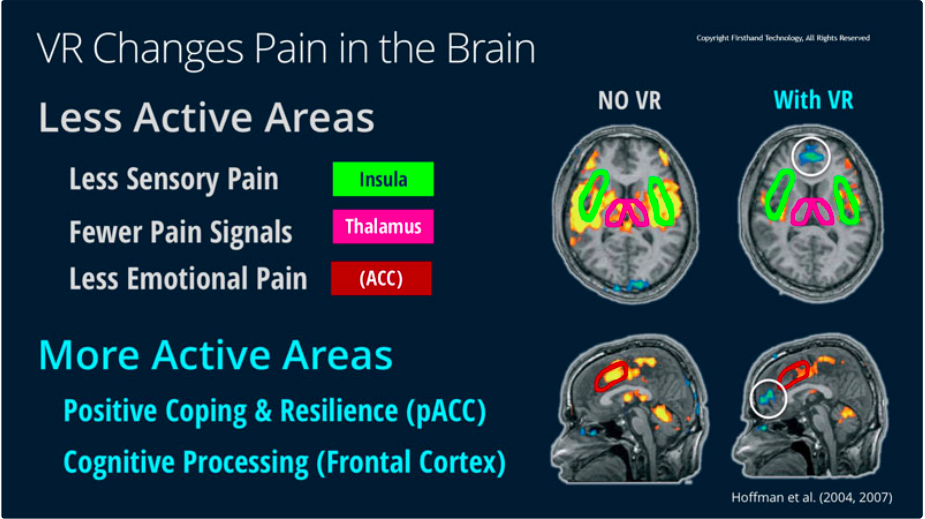Pain, in the U.S., is the most common complaint in healthcare and an enormous public health challenge. One in 3 adults have it. It causes the most disability. It costs us up to $635 billion/year. By far, pain is untreated or under-treated.
OnAir Post: Chronic Back Pain



